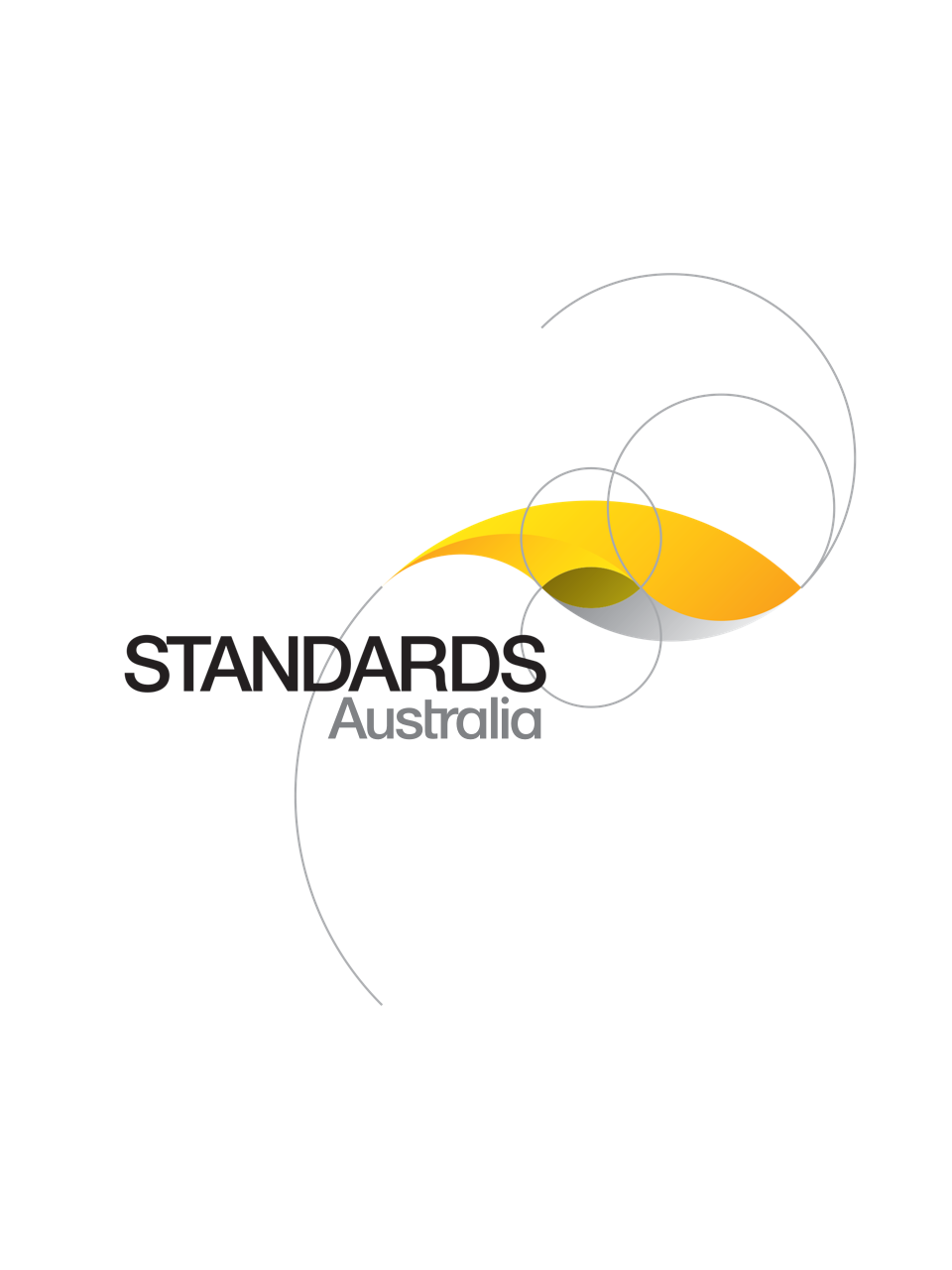Standard
Track updates
AS 2455.1:2019
[Current]Textile floor coverings - Installation practice, Part 1: General
This Standard sets out requirements for installing textile floor coverings (carpets). It gives details of the work necessary in preparing subfloor surfaces, together with the procedures that are to be adopted where textile floor coverings are laid over various types of subfloors and underlays.
Published: 14/05/2019
Pages: 31
Table of contents
Cited references
Content history
Table of contents
Header
About this publication
Preface
1 Scope and general
1.1 Scope
1.2 Objective
1.3 Normative references
1.4 Definitions
1.5 Materials
1.5.1 Textile floor coverings
1.5.2 Underlays
1.5.2.1 Hard underlays
1.5.2.2 Soft underlays
1.5.3 Adhesives
1.5.4 Carpet gripper
2 Pre-installation requirements
2.1 Site inspection
2.1.1 General
2.1.2 Report by contractor
2.2 Exchange of information
2.2.1 General
2.2.2 Commercial installations
2.2.3 Residential installations
2.3 Conditioning of floor coverings and subfloor
2.3.1 General
2.3.2 Commercial installations
2.3.3 Installation environments
3 Installation methods
3.1 Planning and general layout
3.2 Conditioning
3.3 Pile lay, pattern matching and finishing
3.4 Seaming and joining
3.4.1 General
3.4.2 Methods of seaming and cross-joining
3.5 Stretching
3.6 Method of installation using the conventional system
3.6.1 General
3.6.2 Carpet gripper
3.6.3 Procedure
3.7 Method of installation using the direct stick system
3.7.1 General
3.7.2 Installation procedure
3.8 Method of installation using the dual bond system
3.9 Method of installation using the pre-applied adhesive system
3.10 Installation on stairs
3.10.1 General
3.10.2 Method of installation using the carpet gripper system
3.10.3 Method of installation using the direct stick system
3.10.4 Method of installation using the dual bond system
3.11 Completion of installation
Appendix A
A.1 General
A.2 Concrete subfloors
A.3 Timber subfloors
A.4 Sand/cement screed subfloors
Appendix B
B.1 Scope
B.2 General
B.3 Determination of moisture content of subfloors
B.3.1 Recognized tests
B.3.1.1 General
B.3.1.2 Surface-mounted hygrometer test for concrete subfloors
B.3.1.3 Invasive hygrometer test for concrete subfloors
B.3.1.4 Electrical resistance test — Timber subfloor/substrates only
B.4 Determination of alkalinity
B.4.1 General
B.4.2 Alkalinity (pH) test
B.5 Default moisture content (RH %) and alkalinity (pH) values for concrete subfloors
B.6 Test report
Appendix C
C.1 General
C.2 Stretching tufted textile floor coverings
C.3 Stretching Wilton and Axminster textile floor covering
Bibliography
Cited references in this standard
NZS 3604
Timber-framed buildings
[Current]
Reconstituted wood-based panels — Specifications, Part 4: Wet process fibreboard
[Current]
Reconstituted wood-based panels — Specifications, Part 2: Dry process fibreboard
Content history
[Superseded]
[Superseded]
AS 2455.1:2019 REC:2025
DR AS/NZS 2455.1:2018
One-time Purchase
Access via web browser on any device
One-time purchase
Single publication
Offline access via PDF^
$149.01 AUD
Inclusive of GSTFormat *
Web Reader
Licenses *
1 License (for yourself - not shareable)
Total$149.01 AUD
IMPORTANT
